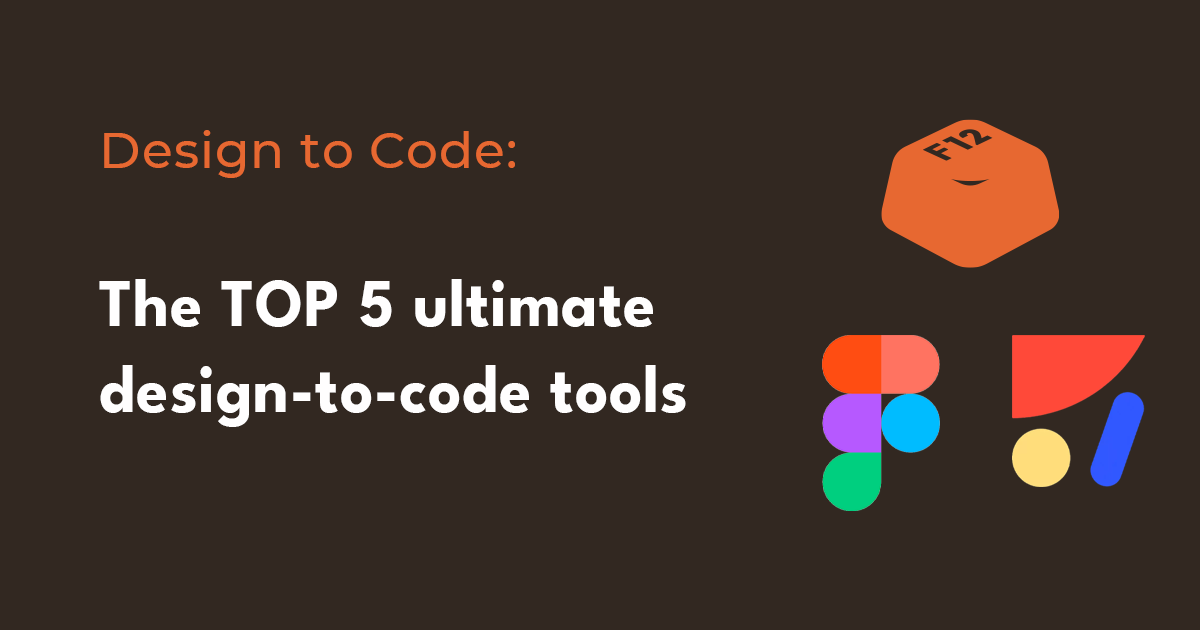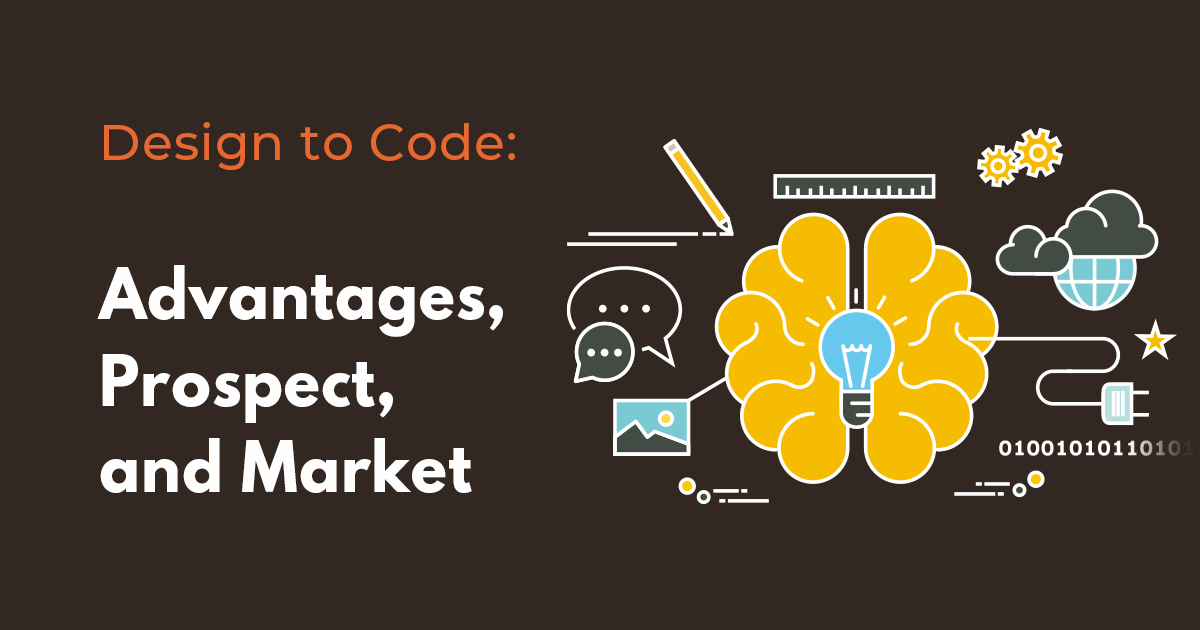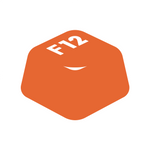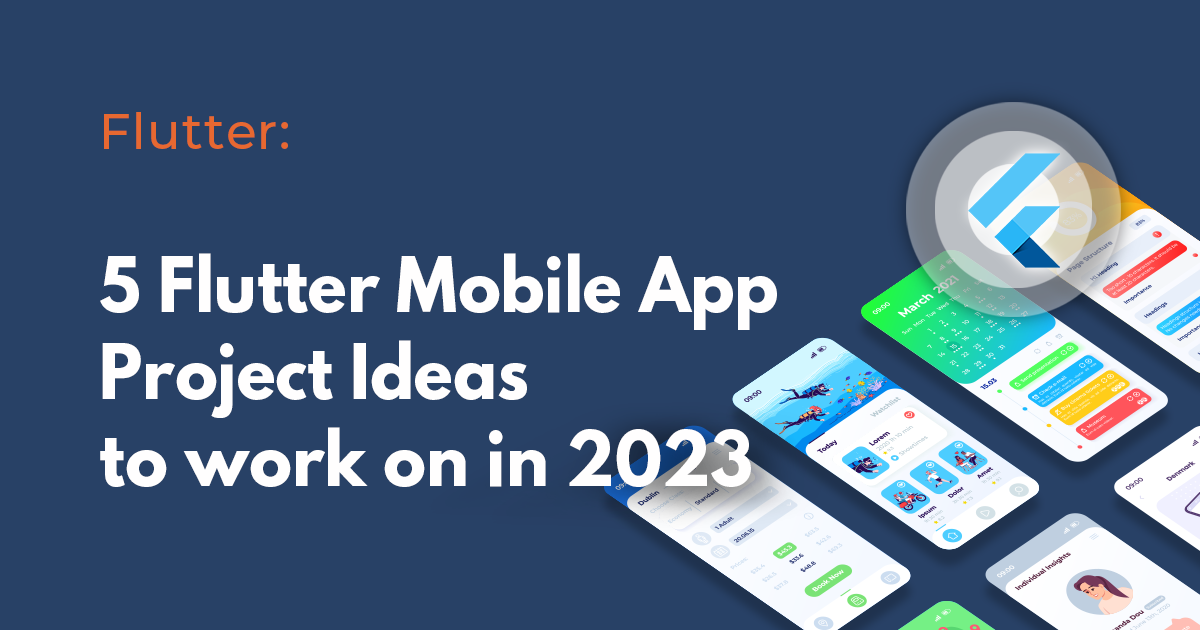The design-to-code market is a sector that is set to experience a lot of shifts in the near future. This transition has been heavily impacted by the industrial landscape, which enabled the adoption of design-to-code automation with the arrival of design teaming-up tools. Let's take a closer look at the industry-wide effects and alterations that the design-to-code automation tool will bring.
What is a design-to-code automation tool?
A design-to-code automation tool is a software application that allows designers to create visual designs, such as wireframes, mockups, and prototypes, and then automatically generates the corresponding source code, such as HTML, CSS, and JavaScript. These tools help to bridge the gap between design and development and can save significant time and effort in the development process. With design-to-code tools, designers can create and test designs in a visual way, and then developers can use the generated code to implement the designs in a website or application. These tools are mostly used in web development and mobile app development.
The Advantages & Prospect of Design-to-Code Tools
Design-to-code automation tools have the potential to greatly impact the front-end development industry. These tools allow designers to hand off the design specs and assets to developers quickly, and help developers to inspect the UI properties of design elements with the minimum need for manual coding, streamlining the development process.
One of the major benefits of design-to-code automation is UI development productivity. By eliminating the need for manual coding, these tools can significantly reduce the time and effort required to develop a website or application. This can lead to faster development times and lower costs for clients, making it more accessible for small businesses and startups to create professional-looking and functional websites.
Design-to-code automation tools can also improve the collaboration between designers and developers. Traditionally, designers would create mockups and then hand off the design to the developer to code. With design-to-code automation tools, designers can create and code the website or application at the same time, leading to a more cohesive and efficient workflow.
Another advantage of design-to-code automation tools is the ability to create highly consistent and accurate code, given that the appropriate tool is used. Because the code is generated by built-in algorithms or AI, the generated code is more consistent compared to manually written code. This can lead to fewer bugs, faster load times, and a better user experience.
However, it's worth noting that design-to-code automation tools are not a panacea for all the front-end development industry problems. These tools are still in their infancy, and most are not capable of creating complex websites or applications. Additionally, not all developers or designers will be comfortable with using these tools, and some may prefer to continue working with traditional methods.
To sum up, automation tools that convert the design into code have the capability of significantly affecting the front-end development sector by boosting productivity, encouraging teamwork, and allowing for more precise and dependable code. However, it must be noted that these tools are still in their early stages and have limited features. It will be fascinating to observe how these tools progress and the influence they will have on the industry in the years to come.
The Market Size of Design-to-Code Automation
It is difficult to predict the exact size of the market for design-to-code automation tools, as it depends on a variety of factors such as the overall demand for these tools, their capabilities, and their ease of use. However, based on current trends and the potential benefits of these tools, it is likely that the market for design-to-code automation will continue to grow in the coming years.
According to a recent report by MarketsandMarkets, the global design-to-code market is expected to grow from USD 1.4 billion in 2020 to USD 3.5 billion by 2025, at a CAGR of 20.2% during the forecast period. This suggests the presence of high demand for these tools and the likely growth of the market in the next few years.
Additionally, as more companies see the importance of UI/UX and many startups are building up various software and products, there will likely be a greater need for efficient and cost-effective ways to develop the UI/UX of digital products. This will likely drive the demand for design-to-code automation tools.
However, it's worth noting that the market size and growth rate may vary depending on the region and industries. Some regions and industries may not be ready to adopt design-to-code automation tools compared to others.
All in all, the call for design-to-code automation solutions is anticipated to rise substantially in the near future, owing to the need for efficient and cost-effective approaches to building digital products. Nonetheless, the exact magnitude of the market may differ based on factors like regions and industry sectors.
There are many design-to-code tools available in the market, but we have listed up some of the prominent ones in the blog below. Check it out before you choose which tool to use.
In conclusion
Design-to-code tools will bring efficiencies to the market and will gradually replace old hand-coding methods. Of course, this will take time, because there are various reasons including the maturity of the technology and readiness of the markets. However, FUNCTION12 will continue improving the overall design-to-code capacity and product feature qualities until our product can fully enable our users to attain full development productivity. Please look forward to our product updates.
Related Posts









